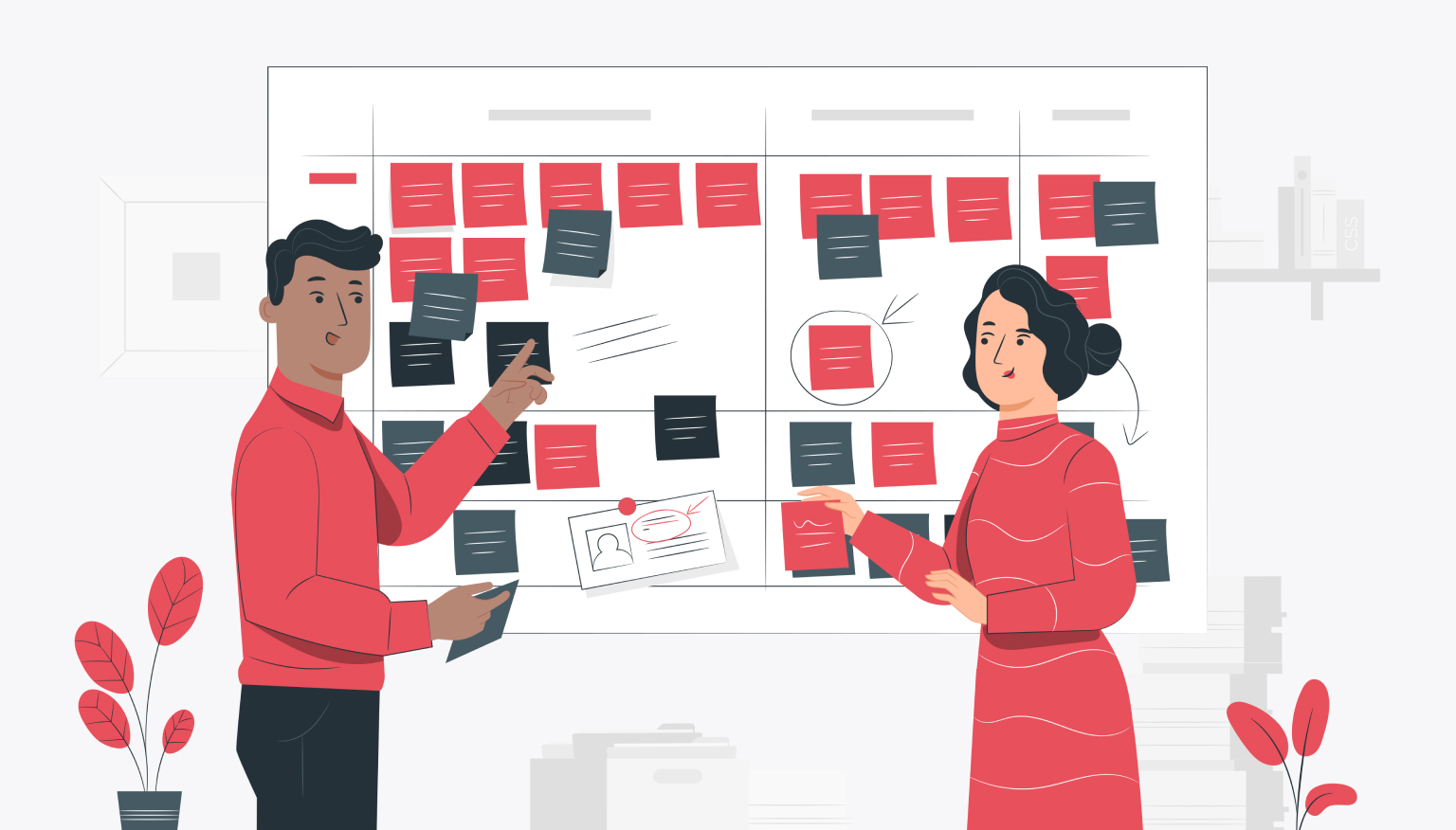How to create a portfolio on the site?
The portfolio on the site is undoubtedly one of the most important sub-pages for companies providing creative services. After all, the work contained in it is one of the main criteria that determines whether a potential client will work with this particular company, and not with some other.
Therefore, the portfolio on the site should look "appropriate", for which there are many more or less important examples of good practice.
Therefore, check out the following tips to help you display the right sample of your skills.
What should be guided by when presenting a portfolio on the site?
1. Do not include all works.
Portfolio is, of course, not the place where absolutely all your projects should be placed.
Include only those works that you are happy with. After all, you want to attract potential customers, so you need to make the right impression.
We know this saying for a reason: "You are only as good as your last one is...". - of which the word "project" can successfully complete this sentence.
In other words, show off the best you have to offer.
2. Constantly update your portfolio.
Will a person who wants you, for example, create a new website for him, be interested in how you worked a few years ago?
Is it worth showing the works of the past (I'm guessing they are inferior to the present, since you have no doubt been consistently honing your craft during this time)?
Look again at the statement I mentioned in the previous paragraph. The issue of updating your portfolio is extremely important as it shows your skills are "fresh".
After all, you want potential customers to know your current disposition, not a (heavily) archived one.
3. Post different types of work.
Having a varied portfolio on your site is especially important if you're creating different types of work.
Web design, layout, logo development, perhaps simple animations - if you are creative in various fields, make it noticeable!
Then there is more chance that a potential client will contact you when he is looking for a person or company to create several separate projects for him.
4. Consider presenting how you work.
Showing the creative process shouldn't be the centerpiece of your portfolio (unless it's really unique), but it can be an interesting addition if possible.
When is it appropriate to demonstrate how you work?
- when you have a really nice office and "have something to show", usually from an aesthetic point of view
- if your way of working is attractively documented (for example, if you have great photos showing individual stages of work, say, above the logo)
- if you stand out among your competitors by the way you work
- if you use some non-traditional methods of work, which can be a kind of curiosity
If in your case at least one of the above conditions, you can safely enter the section "See how we work" in the portfolio on your site.
5. Remember the so-called social proof.
Social proof, or social testimony, is designed to convince others that you are worth trusting.
The most basic form of social proof is reviews of your work. You can easily get them from your customers who are satisfied with the level of services you provide.
Get from a few to a dozen of these reviews (preferably with photos of people) and place them accordingly on separate projects. Potential clients will look at you much more favorably if they see that the people who are happy working with you are real.
After all, you can talk about yourself for hours and still no one will be interested. Of course, it's better when a stranger talks about you.
6. Use high quality images.
If you are going to present your work, you must do it in the best possible way.
So don't let little things like too low quality graphics limit the impression potential stakeholders will have from exploring your design.
High resolution, high-quality images, interesting shots, highlighting important details - that's what you should keep in mind when collecting designs for your own portfolio on the site.
7. Create intuitive and responsive navigation.
Almost every visitor who looks at your portfolio (and does not leave immediately) will want to look not only at the project he has chosen, but also at several others.
Therefore, you need to make sure that browsing through various works is easy.
Provide subsites with various navigational elements (like arrows to move between projects, as well as indicators in the form of dots to show the current position in the so-called carousels) to make it easier for the visitor.
And don't forget to filter projects properly, as not everyone will want to read all types of work. Some users will be interested in, for example, logos, while others will pay attention only to web design.
8. Consider submitting your portfolio in PDF or hard copy.
Portfolio on the site does not have to be just a subpage with a summary and links to individual projects.
Recently, it is increasingly common to see portfolios in the form of extremely aesthetically pleasing PDF files. This way of presenting your skills is especially useful for people who are great with graphics (because they can develop such a file themselves), but do not want or do not know how to add additional subpages to their site.
It's also a great solution for designers with simple websites where single file upload fits perfectly into minimalist conventions.
And if your office is visited by a lot of potential clients, then printing a kind of brochure with work samples will also be a very good idea.
9. Don't forget SEO.
Portfolio expansion has a big effect on SEO, because with each new work you add one more subpage to the index.
Therefore, you need to remember not only to support the SEO of all your subpages, but also to properly treat images from this point of view.
The basics are correct file naming, appropriate file formats, sufficiently high resolution, lossless compression, and the values of the so-called ALT attributes. These are all things to keep in mind when adding new images to your site.
Why is an attractive portfolio on the site so important?
Because for a lot of people visiting your site, it's sort of a decision gate.
This is where the decision is often made about whether to choose you or use the services of your competitors.
The basis for this is the selection of sufficiently attractive works, as well as the form of their presentation and intuitive navigation between projects. Social proof is also very important, it makes you more "human".
I hope that by using the tips given in this text, you will be able to attract more interest from potential clients to your work.
















